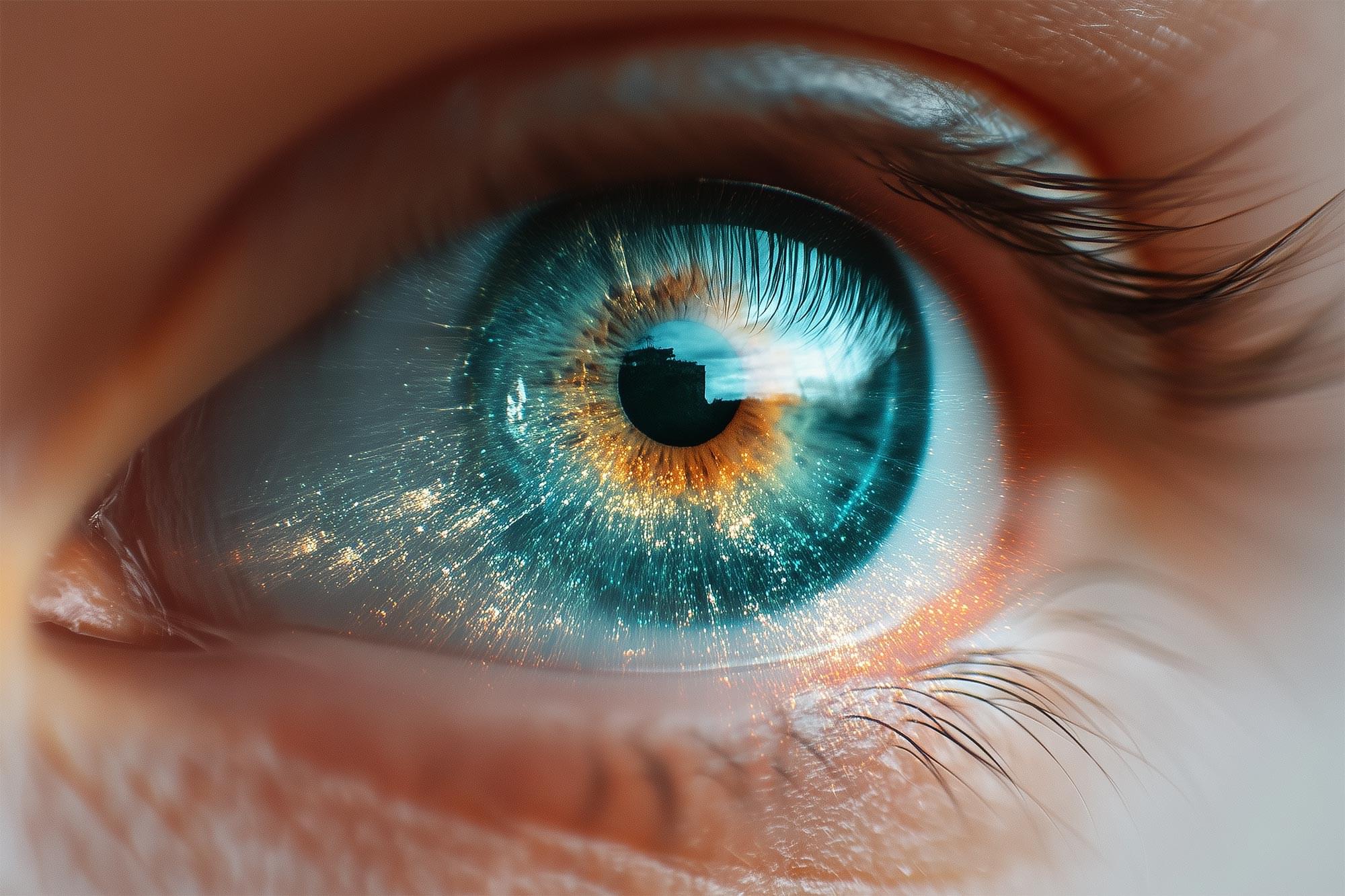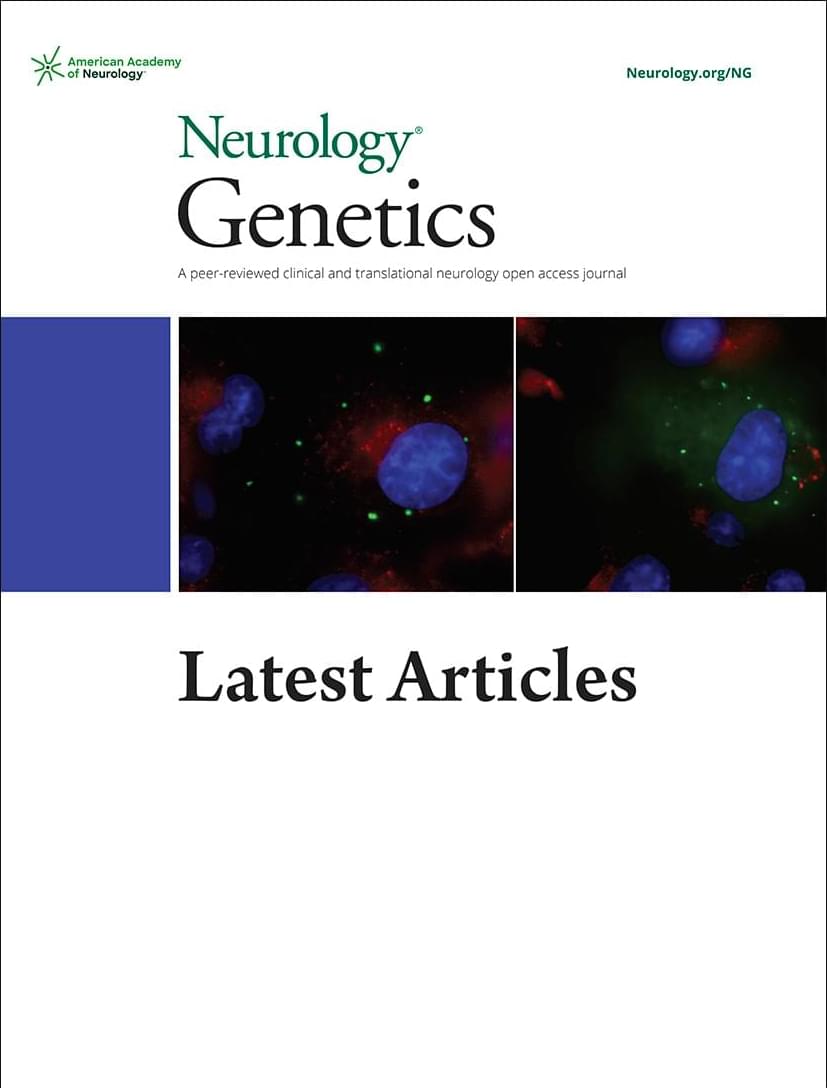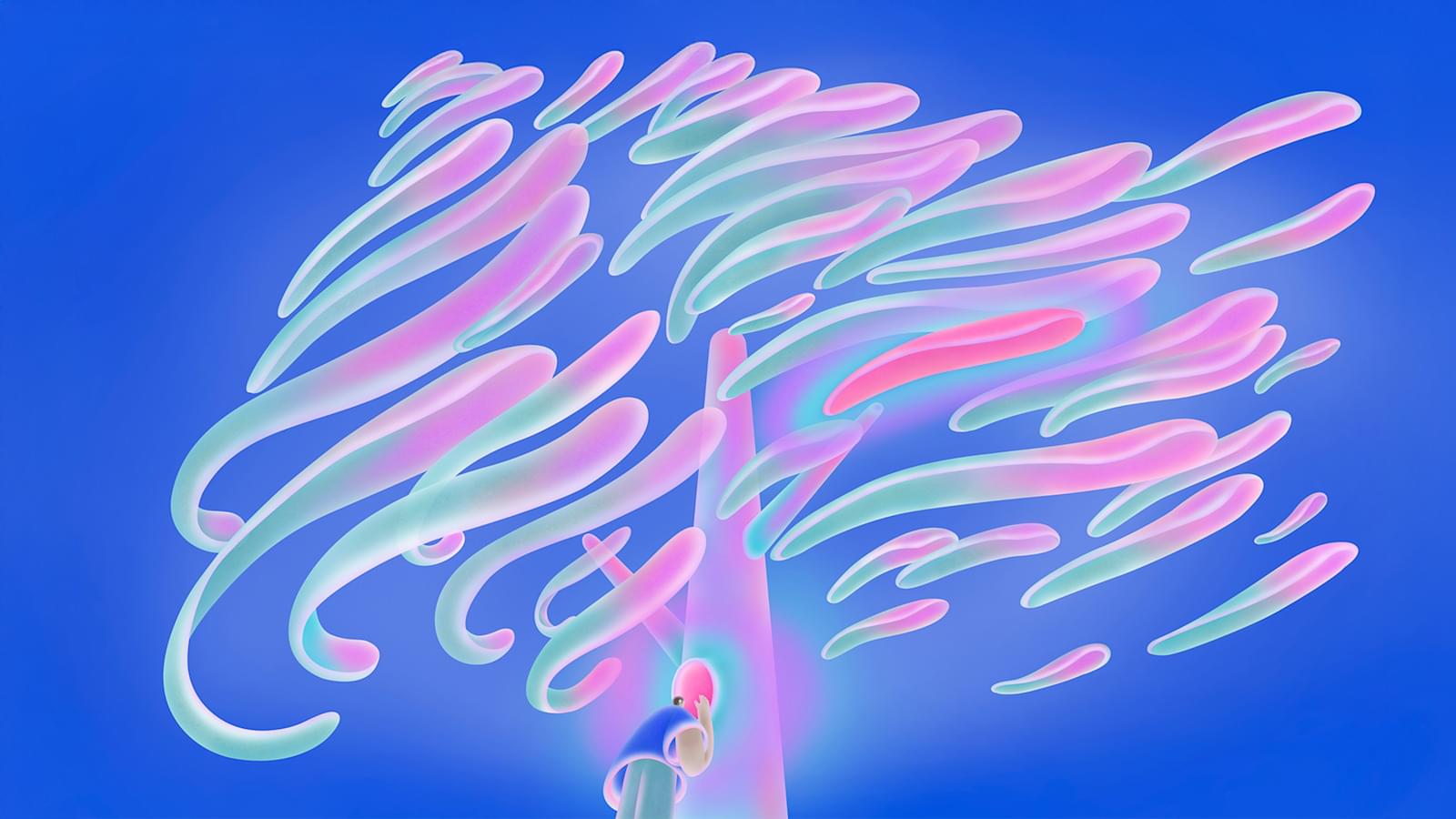Scientists at UC Berkeley have developed a new platform called “Oz” that can simultaneously control up to 1,000 photoreceptors in the eye, offering new insights into the mechanisms of human vision and the causes of vision loss. In Frank Baum’s original novel The Wonderful Wizard of Oz, the Emeral





